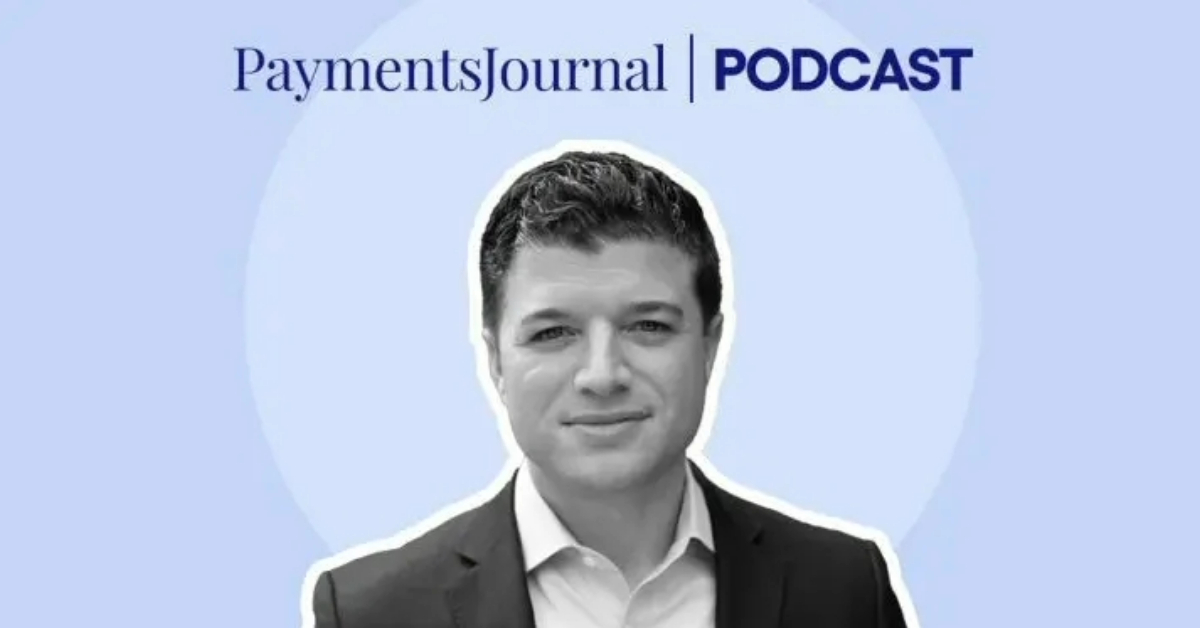
The goal of omnichannel commerce is to create a seamless blend between physical and digital channels, regardless of where a customer journey starts or ends. The unfortunate reality for many large businesses is that the technology platforms—and even IT resources—that facilitate in-person and online payment acceptance are often isolated by channel. Connecting to multiple gateways and processors via dozens of APIs leads to tech stack silos, additional cost overhead, and slow, clunky system releases.
Developers charged with creating omnichannel experiences need an “easy button” to add features and functionality that support the true omnichannel promise. Simplifying integration for developers accelerates time to market.

Speed time to market with a smart developer portal
IT teams demand and deserve a powerful and scalable technology platform to facilitate the successful, rapid integration of products. Most developers are self-starters who are more motivated to jump into a project when they can work on platforms that provide them the resources and tools necessary to get credentials, access documentation, explore APIs, make on-the-fly edits, view multiple examples, run editable code, and return a real response from a sandbox with little or no human intervention.
Empower developers with the tools necessary to explore APIs, build integrations, and test and certify before launching to market. A self-service developer portal allows your programmers to proceed at their own pace based on their understanding of the products and features they are integrating. A well-organized menu of documentation, APIs, and integration methods provides on-demand access to all the information needed to get started, understand products and use cases, and study the APIs.
Make sure your code is ready for market with an API sandbox. Developers can build integrations and test them before launching to market in an environment that mimics the characteristics of the production environment and creates simulated responses. An API sandbox also makes it easy to view sample payloads including the data elements, endpoints, parameters, and request and response schemas without scrolling through hundreds of lines of code.
Get started quickly, without waiting on human intervention, with a secure self-enrollment that allows users to quickly register and get API credentials. Developers can immediately begin their journey to integrate, test and certify. With the right set of tools, savvy developers can create an account and implement code for a feature, such as Apple Pay, into production in as little as one hour!
Remove physical, digital, and mobile silos
Managing APIs can be a juggling act, especially if it means accessing separate development environments. Card-present and card-not-present scenarios that follow disparate, single-thread paths to integrate, test and certify are time consuming and prone to errors, especially if integration is being done by different IT teams using different solution vendor dev environments.

Save time and costs with by connecting to a single omnichannel API and an intelligent orchestration layer that let you unify payments, back-end reporting, and boarding experiences through your existing infrastructure. With only a few adjustments to channel-based data elements—such as source type for a Google Pay authorization—developers can eliminate channel silos and provide a seamless payment flow.
Significantly increase your speed to market with an automated spec translation that eliminates the need for developers to start from ground zero and code to new API specifications when switching to a new platform. A smart translation layer—with the sole purpose of simulating and translating existing API specs— eliminates a major pain point for developers by allowing them to seamlessly migrate to the new environment.
Optimize the cost of payment acceptance by using dynamic routing logic to instruct the gateway to send transactions to the most beneficial processing endpoint. Logic could be based on a channel, a card’s BIN, transaction thresholds, or other factors. The API should be able to support both merchant-directed routing and managed routing done on behalf of the merchant.
Get more done by leveraging payment experts
Innovation cycles are rapidly accelerating, and as a constant stream of new payment methods appear and take hold seemingly, a merchant’s IT teams can struggle to keep developers up to speed. The pandemic fast-tracked the adoption of curbside servicing, QR code ordering and payments, Buy Now Pay Later financing, returns optimization, and more. Bringing those to market across multiple channels, experiences, and back-end reporting and management systems can be daunting.
Enterprise-level executives expect developers to quickly consume an API and successfully integrate these new features to keep ahead of the competition. Tapping into the payments expertise of a global provider speeds time to market by automating much of the developer’s journey.
Make sure your developers have the latest information with self-directed learning. Developers can review integration options, products, features and use cases based on their level of knowledge. Then, they can transfer that knowledge from the easy-to-understand, bite-size resource guides and tutorials to start testing and implementing APIs in real-time - eliminating the time lag that emails, meetings, and phone calls create. This allows IT managers to assign developers based on knowledge, skill level and delivery timelines, optimizing resources based on strategic initiatives and delivery timelines.
Reduce or eliminate the testing of hundreds or thousands of test cases before going live with a platform that utilizes machine learning. Curating test cases based on the developer’s selection criteria, and then segregating them based on whether they are mandatory—related to interchange fees, for example—or recommended, allows prioritization of regression testing and certification for specific use cases across channels.
Lower IT costs while scaling your team. Adding a team of dedicated experts who specialize in data migration and integration - including Carat solutions, merchant/third-party apps, UI/UX, and custom development - allows your developers to stay focused on your most strategic initiatives.
Learn more about how you can simplify your omnichannel integration or contact a Carat expert today.




